Introduction
Understanding the Camouflaging Effect in Girls with Autism
The camouflaging effect in girls with autism is a phenomenon where they mask their autistic traits by imitating neurotypical behaviors. This can be particularly nuanced and challenging to detect.
However, studies indicate that camouflaging is not without its costs, as it's linked to heightened levels of anxiety and depression. In fact, the more girls engage in camouflaging behaviors, the more pronounced their emotional difficulties and stress become, leading to increased symptoms of mental health issues, especially in females.
Neuroimaging research has provided insights into the brain mechanisms behind this compensation, revealing atypical functional connectivity in autism that can affect behavior in social situations. Cultural factors also play a role, as autistic individuals in countries like Japan may feel heightened pressure to hide their autistic traits, further impacting their mental health. Recognizing these unique challenges faced by girls with autism is crucial, and creating supportive environments that reduce the pressure to camouflage is essential for promoting their mental well-being.
Understanding the Camouflaging Effect
The camouflaging effect in girls with autism is a phenomenon where they mask their autistic traits by imitating neurotypical behaviors, which can be particularly nuanced and challenging to detect. Studies indicate that camouflaging is not without its costs; it's linked to heightened levels of anxiety and depression.
In fact, the greater the engagement in camouflaging behaviors, the more pronounced the emotional difficulties and stress, leading to increased symptoms of mental health issues, especially in females. Neuroimaging research has provided insights into the brain mechanisms behind this compensation, revealing atypical functional connectivity in autism that can affect behavior in social situations.
Cultural factors also play a role, as in countries like Japan, where conformity is emphasized, autistic individuals may feel heightened pressure to hide their autistic traits, further impacting their mental health. This underscores the importance of recognizing the unique challenges faced by girls with autism and the need to create supportive environments that reduce the pressure to camouflage, thereby promoting their mental well-being.
Statistics show that 79% of autistic adults face mental health problems, with conditions such as depression and anxiety being significantly more common. Early support has been linked to better mental health outcomes, highlighting the need for timely intervention. However, females often receive a diagnosis later than males, with the age of diagnosis for autism consistently higher for females, which can delay access to crucial support services. Understanding these gender differences is paramount for parents, educators, and healthcare professionals to ensure that girls with autism receive the recognition and help they need.
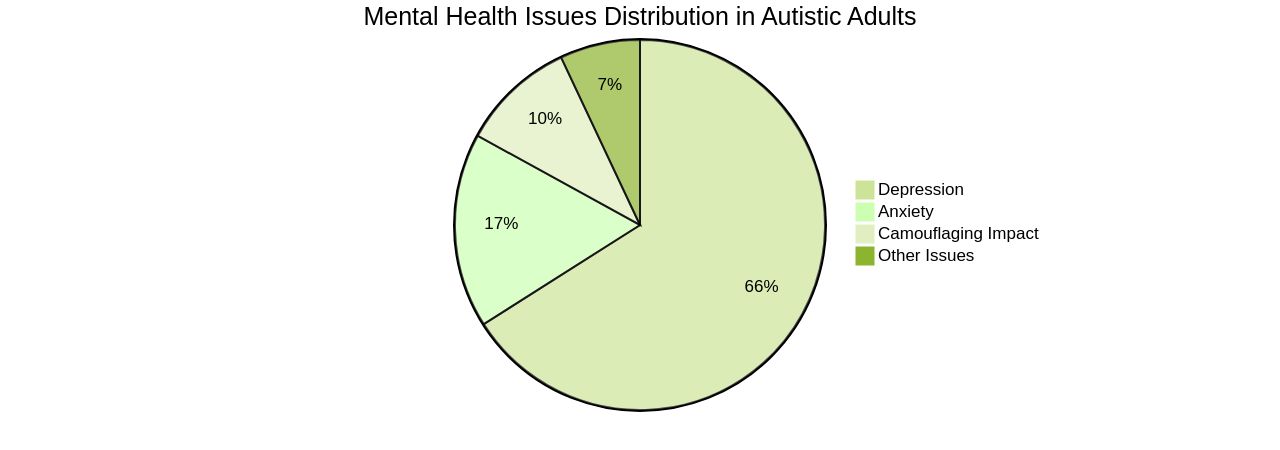
Diagnostic Challenges for Girls with Autism
The journey to an autism diagnosis can be particularly nuanced for girls, who may exhibit subtle symptoms compared to boys, or engage in 'camouflaging' to mask their difficulties. This discrepancy has led to a stark gender imbalance, with boys being over three times more likely to be diagnosed with autism spectrum disorder (ASD).
It's a concerning statistic that calls for a more informed approach to recognizing autism in girls, who often present with behaviors that are less disruptive and may be perceived as shyness or introversion. For instance, a girl's intense focus on a particular subject might be dismissed as mere bookishness, rather than identified as a potential sign of ASD.
In light of these challenges, it's imperative for evaluations to be comprehensive, incorporating both parental insights and professional observations. The Diagnostic and Statistical Manual, Fifth Edition (DSM-5) provides standardized criteria for ASD diagnosis, but no single tool should be used in isolation.
Moreover, the historical focus of autism research on males has contributed to a diagnostic bias, underscoring the need for awareness and tailored assessment strategies. As researchers like Rebecca McNally Keehn seek innovative diagnostic methods, such as eye tracking biomarkers, the hope is to expedite accurate diagnosis, especially in primary care settings where waiting lists for specialist evaluations can be dauntingly long. Parent advocates are at the forefront of this evolving landscape, championing the cause for girls who might otherwise go unnoticed. Their advocacy is vital, not just for securing timely assessments, but also for ensuring that girls with autism receive the support therapies that are key to fostering improved long-term outcomes. As we strive for equity in autism diagnosis and care, the insights from individuals like Temple Grandin and the ongoing research efforts serve as a beacon, guiding us towards a more inclusive understanding of ASD across genders.
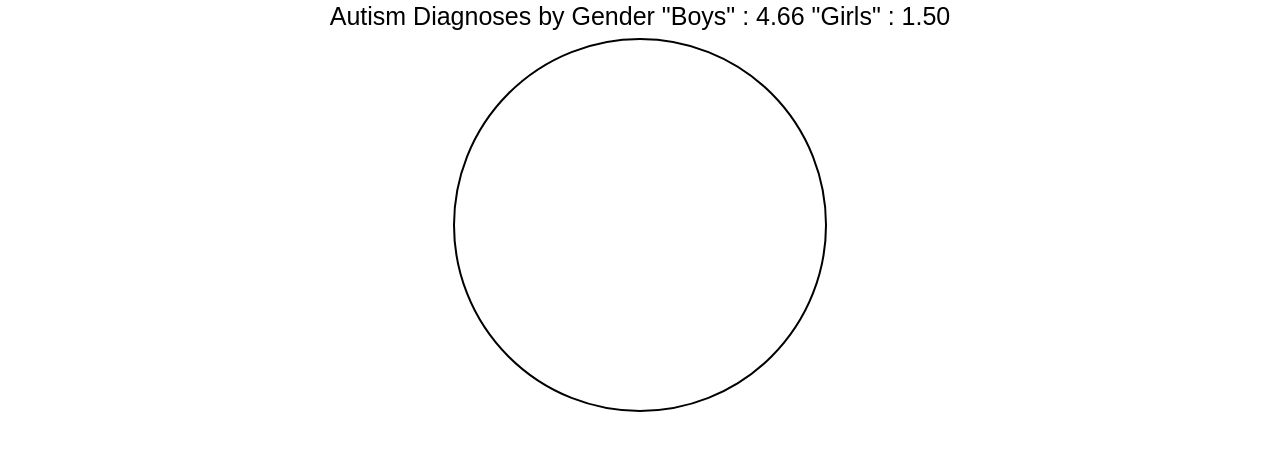
Recognizing Signs and Symptoms in Girls
Understanding the nuances of autism in girls is crucial for parents and caregivers aiming to provide the best support to their daughters. Unlike boys, who are diagnosed with autism spectrum disorder (ASD) at higher rates, girls often display subtle symptoms that may go unnoticed.
It's essential to pay attention to particular behaviors, such as having intense interests in certain subjects, facing challenges in social interactions and forming friendships, experiencing sensory sensitivities, and internalizing emotions rather than expressing them outwardly. Recognizing these signs early can lead to timely interventions.
According to the DSM-5, a combination of parental observations and professional assessments is required for a diagnosis, as there is no single diagnostic tool. The ADI-R, a clinical instrument, is one example of the resources used to assess autism in individuals.
Despite the gender disparities in diagnosis, notable women like Temple Grandin, Susan Boyle, and Daryl Hannah have shared their experiences with autism, shedding light on the condition's presence in females. Recent statistics highlight a concerning trend: boys are more than three times as likely as girls to be diagnosed with ASD. This discrepancy underscores the importance of increased awareness and sensitivity towards the potential for autism in girls, which may present differently than in boys. As research continues to reveal the unique manifestations of autism in girls, it becomes imperative for parents and professionals to stay informed and vigilant in observing developmental milestones during regular health visits, recommended at 18 and 24 months. Through increased understanding and proper evaluation, we can ensure that girls with autism receive the necessary support to thrive.
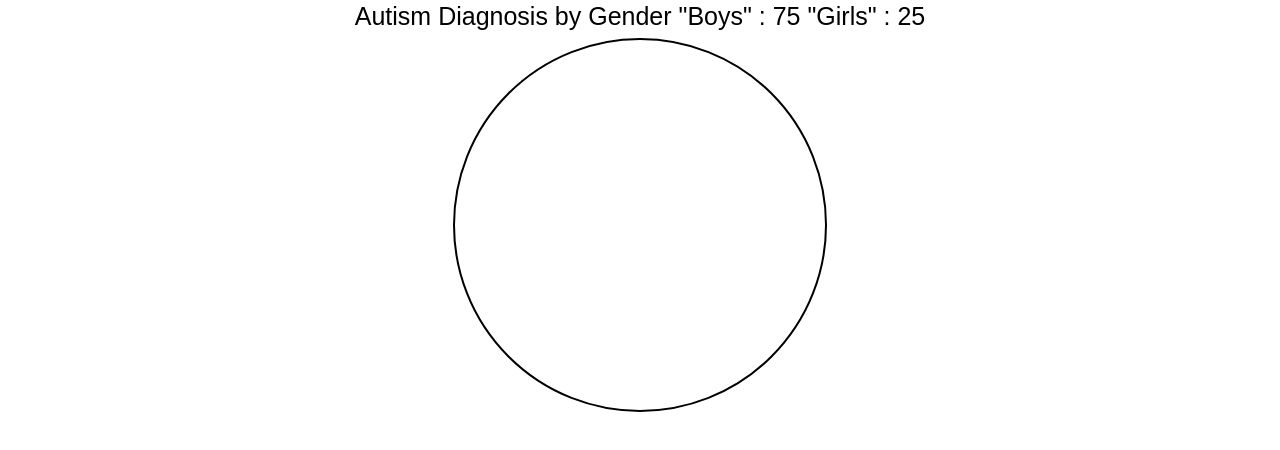
Strategies for Parent Advocates
To bolster the well-being of their daughters on the autism spectrum, parent advocates can harness a multifaceted approach. Building a robust support network is crucial. This includes connecting with seasoned parents who are well-versed in navigating local services and autism terminology.
These connections not only offer a wealth of knowledge but also emotional solace in times of need. For instance, many parents find themselves in a bind when their children reach adulthood, often lacking the direction for the next steps. By fortifying these networks, parent advocates can share and receive advice on managing the intricate care requirements that may impact their employment prospects but can enhance their advocacy effectiveness.
Becoming informed about the range of services tailored to their child's unique needs is another key strategy. This includes educational accommodations, therapy options, and support groups. Jan Stewart, a renowned advocate, emphasizes the importance of persistence in seeking the right support, assuring parents that they are not alone in their journey.
Moreover, the need for individual assessments and personalized plans is paramount, as every child's experience with autism is distinct. Setting specific, measurable goals, closely monitoring progress, and adjusting strategies are necessary steps to ensure the child's continued development. Collaborative partnerships with therapists, open communication, and learning from the success stories of other families can provide immense encouragement and a roadmap for navigating the challenges ahead.
The urgency of these measures is underscored by reports indicating that over one in four parents have waited more than three years for autism support, with only one in ten children receiving an appointment within the recommended 13 weeks. This highlights the critical need for immediate and effective support systems and the establishment of formal local partnerships to address the current gaps in services. Through informed advocacy and a comprehensive understanding of their child's needs, parent advocates can be the change agents, influencing systems to create a more supportive environment for their daughters and the broader autism community.
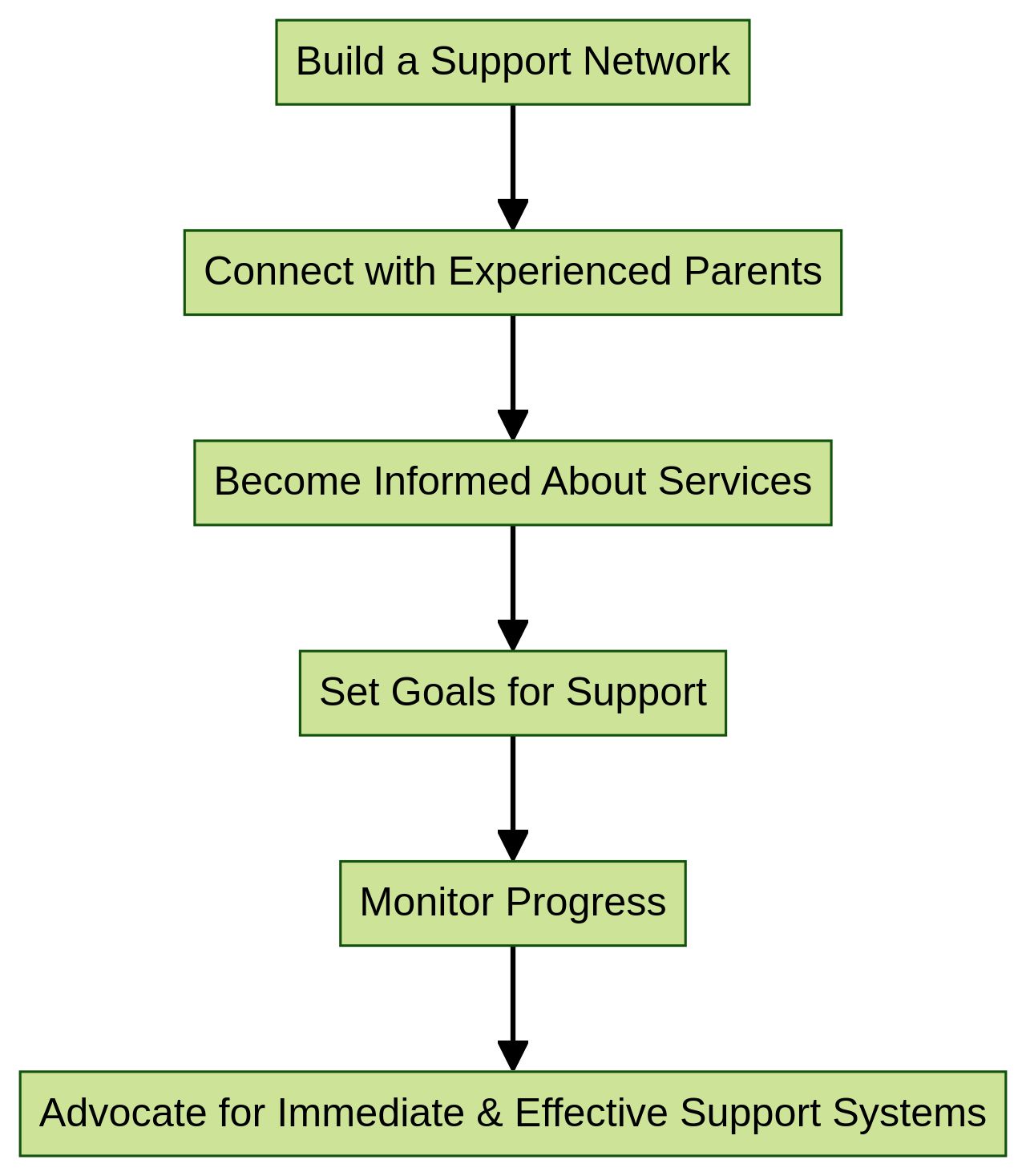
Supporting Autistic Girls: A Call to Action
Awareness is growing that autism, once thought to primarily affect boys, impacts girls just as profoundly, often with subtler signs. It's essential for parent advocates to share their journeys and seek proper assessments for their daughters, despite daunting waitlists for referrals to disability teams or the HSE.
Alternatively, private services specializing in autism assessments for girls, vetted for their expertise, offer a pathway, albeit one that should be navigated with guidance from support lines like asiam.ie. Until assessments can be conducted, understanding and compassion towards girls' unique struggles with anxiety and friendships can be immensely beneficial.
The urgency of raising awareness and understanding autism in girls is underscored by recent research, including a groundbreaking study in Lancet Regional Health Europe. Findings suggest autism's prevalence is underestimated, particularly among older individuals who grew up when autism was less recognized.
This underdiagnosis can have profound implications, with autistic individuals facing challenges from mental health issues to a decreased life expectancy. Healthcare professionals are increasingly screening for early signs of autism, which can lead to earlier support and intervention, significantly benefiting children and families. Statistics reveal a stark gender disparity in autism diagnosis, with boys being diagnosed more frequently than girls. However, this may reflect not only a true difference in incidence but also an under recognition of autism in girls. As advocates, we must champion the needs of autistic girls, ensuring they receive the opportunities and resources they deserve, and foster an inclusive, supportive environment that recognizes the diverse manifestations of autism across genders.
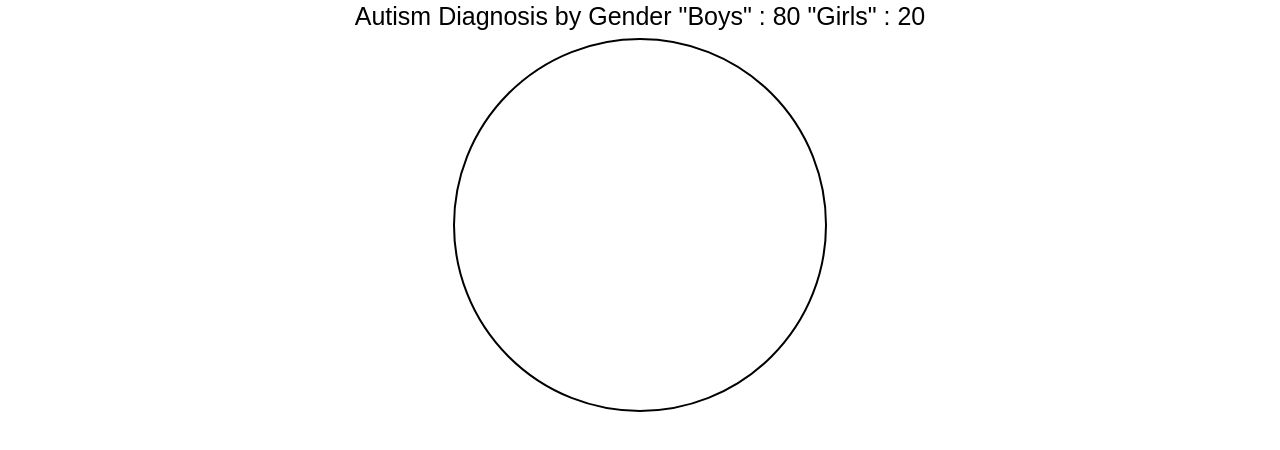
Conclusion
In conclusion, the camouflaging effect in girls with autism is a challenging phenomenon where they mask their autistic traits by imitating neurotypical behaviors. However, studies show that this behavior is linked to heightened levels of anxiety and depression.
Recognizing these challenges is crucial for creating supportive environments that promote the mental well-being of girls with autism. Diagnostic challenges contribute to a gender imbalance in autism diagnoses, with boys being diagnosed more frequently than girls.
Parent advocates play a vital role in ensuring timely assessments and access to support therapies for girls with autism. Recognizing signs and symptoms in girls is essential for parents and caregivers.
Girls often display subtler symptoms that may go unnoticed, such as intense interests, social challenges, sensory sensitivities, and internalizing emotions. Increased awareness is necessary to address the gender disparities in diagnosis.
Parent advocates can support their daughters' well-being by building networks, learning about tailored services, setting goals, and collaborating with therapists. Immediate support systems are needed to address gaps in services and create a supportive environment for autistic girls. Raising awareness of autism in girls is an urgent call to action. Seeking proper assessments and understanding their unique struggles can provide significant benefits. By championing the needs of autistic girls, we can foster an inclusive environment that recognizes the diverse manifestations of autism across genders.




